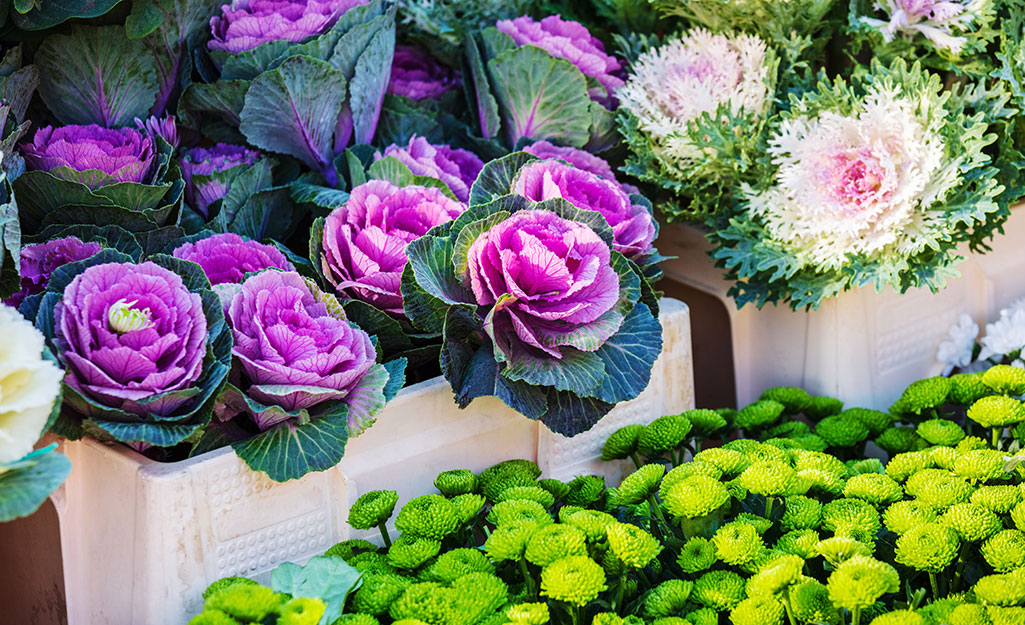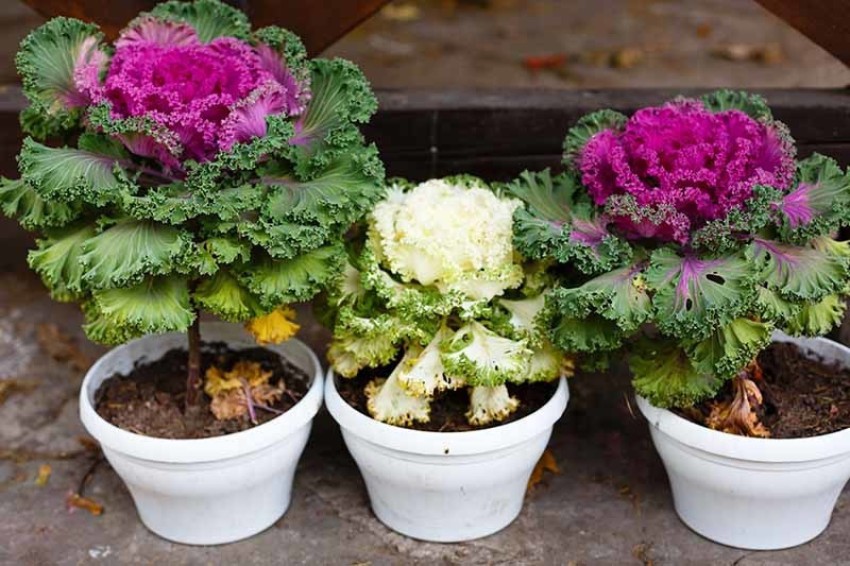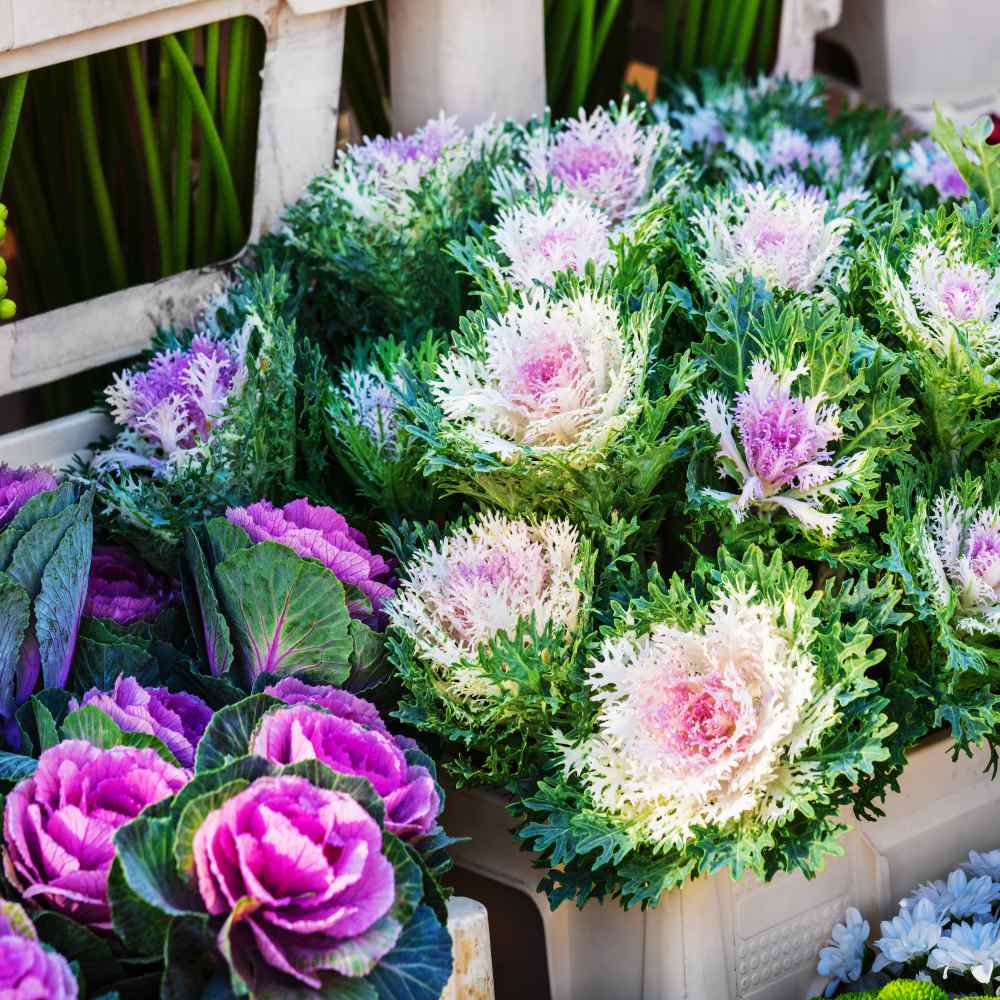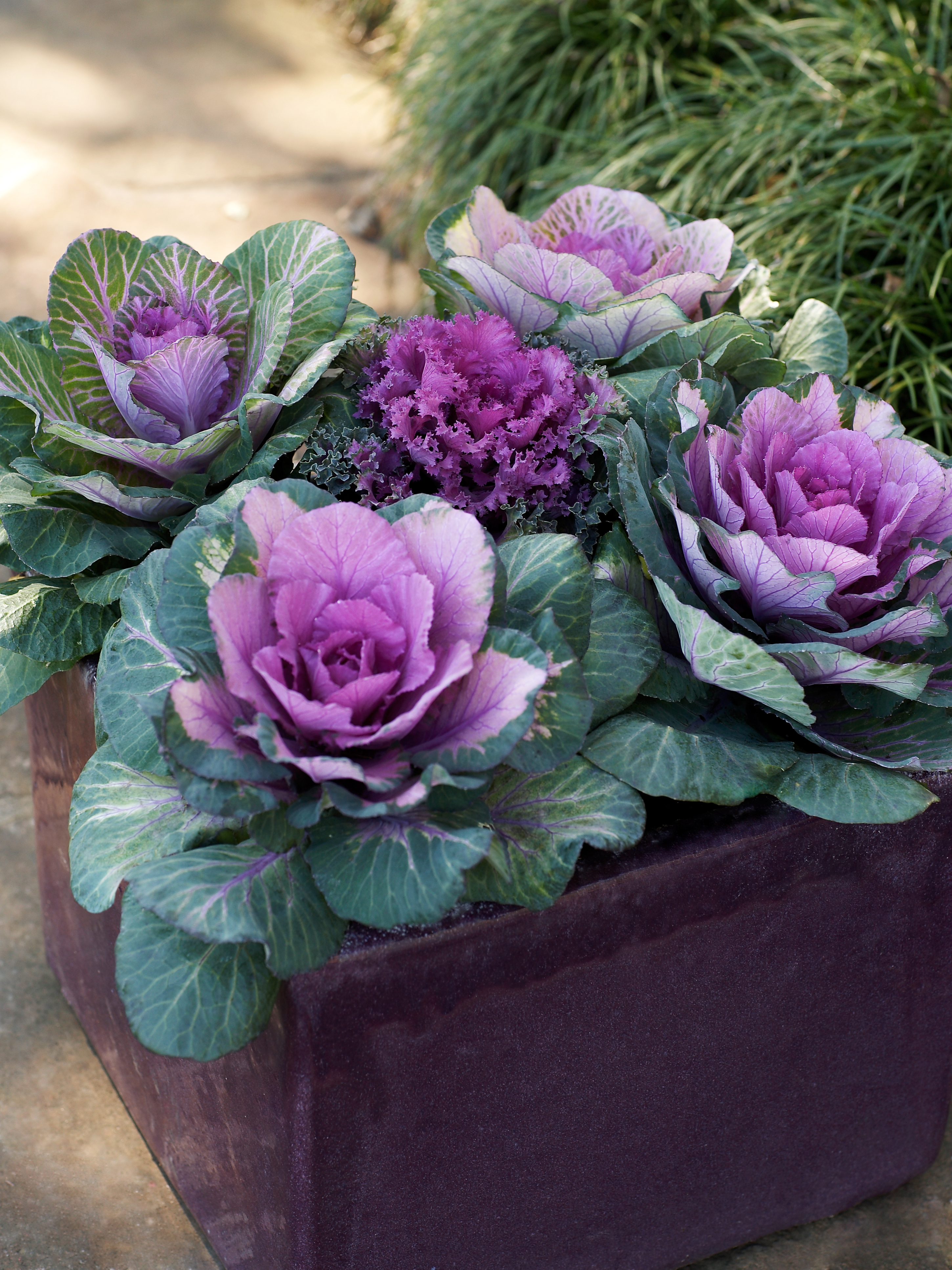Welcome to the colorful world of decorative kale plants! As a gardening enthusiast, I can attest to the sheer joy these plants bring to any space. With their stunning foliage, they stand out in gardens, containers, and even as indoor decorations. In this guide, we’ll explore everything you need to know about decorative kale plants, from their care requirements to the best varieties for your garden. Let’s dig in!
What is Decorative Kale?
Decorative kale, also known as Ornamental Kale (Brassica oleracea var. acephala), is a member of the Brassica family. Unlike the common kale we consume, decorative kale is primarily grown for its aesthetic appeal rather than for eating. With their vibrant colors and intricate leaf shapes, they can add a splash of beauty to any outdoor or indoor setting.
The Origins of Decorative Kale
Originally cultivated in Europe and Asia, decorative kale has gained popularity worldwide. It’s particularly favored in fall and winter due to its ability to withstand cooler temperatures, making it an excellent choice for seasonal gardening.

How Does Decorative Kale Differ from Edible Kale?
| Aspect | Decorative Kale | Edible Kale |
|---|---|---|
| Appearance | Vibrant colors; frilly, ruffled leaves | Green or purple; flat leaves |
| Flavor | Generally not eaten; bitter taste | Earthy, slightly sweet |
| Purpose | Ornamental decorations | Nutrition and culinary use |

Benefits of Growing Decorative Kale
Growing decorative kale has its advantages. Here are some of the standout benefits:

- Aesthetic Appeal: The vibrant, varied colors of decorative kale add visual interest to gardens and containers.
- Seasonal Interest: Decorative kale thrives in cooler temperatures, making it perfect for fall and winter displays.
- Low Maintenance: With the right conditions, decorative kale requires minimal care, appealing to both novice and experienced gardeners.
- Versatility: These plants can be used in garden beds, borders, or as container plants.
Personal Experience with Decorative Kale

Last fall, I decided to incorporate decorative kale into my garden for the first time. I chose a mix of vibrant pink and white varieties, which created a stunning contrast against the autumn backdrop. I was pleasantly surprised by how well they withstood cold snaps, staying vibrant and colorful even after the first frost. It truly transformed my garden into a winter wonderland.
Choosing the Right Varieties of Decorative Kale

With numerous varieties available, selecting the right decorative kale can be overwhelming. Below are some popular varieties, along with their unique features:
| Variety | Color | Size | Unique Features |
|---|---|---|---|
| Winterbor | Dark green with frilled edges | Up to 12 inches | Very hardy; excellent cold tolerance |
| Tokyo Bekana | Bright green to yellow | Up to 18 inches | Unique, delicate texture; mild flavor |
| Glamour | Purple, pink, and white | Varies around 12-15 inches | Stunning color contrast; ideal for borders |
| Osaka | Deep purple and green | Up to 30 inches | Large leaves; great for container gardening |

Planting and Caring for Decorative Kale
Successfully growing decorative kale requires some knowledge about their needs. Here’s a comprehensive guide to help you:

Soil Requirements
Decorative kale thrives in well-drained, fertile soil. Here’s how to prepare the optimal soil:
- Use a soil pH of 6.0 to 7.0 for best results.
- Incorporate organic matter, such as compost, to improve soil fertility.
- Avoid overly compacted soil to ensure proper drainage.
Optimal Planting Conditions
Decorative kale is incredibly flexible and can adapt to various planting conditions:
- Light: Choose a location that receives full sun to partial shade.
- Temperature: They prefer cooler temperatures; optimal range is between 60°F and 75°F (15°C to 24°C).
- Spacing: Space the plants 12 to 18 inches apart to allow for their mature size.
Watering Guidelines
Watering is crucial for decorative kale to flourish:
- Maintain consistent moisture, especially during dry spells.
- Water deeply but infrequently to encourage deep rooting.
- Mulching around the base can help retain soil moisture.
Fertilization Techniques
While decorative kale doesn’t require heavy fertilization, adding nutrients can enhance growth:
- Use a balanced fertilizer (like 10-10-10) once every four to six weeks.
- Pay attention to the signs of nutrient deficiency, such as yellowing leaves.
Pest and Disease Management
Like any plant, decorative kale can be susceptible to pests and diseases. Here’s how to manage them effectively:
Common Pests
- Aphids: Small sap-sucking insects. Remove by spraying with water or using insecticidal soap.
- Cabbage Looper: Larvae that can damage leaves. Handpick and dispose of them or use Bacillus thuringiensis.
- Slugs and Snails: They may feast on young plants. Utilize slug bait or place barriers around plants.
Diseases to Watch For
- Damping Off: Fungal disease affecting seedlings. Ensure good air circulation and avoid overwatering.
- Powdery Mildew: White fungal growth on leaves. Treat with fungicide and avoid overcrowding.
Design Ideas for Using Decorative Kale in Your Space
Decorative kale can enhance various design styles. Here are some creative ideas for incorporating them into your garden or home decor:
In the Garden
- Garden Borders: Create vibrant edges to your flower beds.
- Mixed Planting: Combine with other fall flowers like chrysanthemums for a colorful display.
- Container Gardening: Use them in pots alongside ornamental grasses or pansies for texture.
In the Home
- Indoor Potting: Bring a splash of color to your kitchen or living room.
- Centerpieces: Create stunning table centerpieces using mixed kale varieties.
- Seasonal Displays: Incorporate kale into your seasonal decor for a fresh look.
FAQs About Decorative Kale Plants
1. Can I eat decorative kale?
While decorative kale is technically edible, it tends to have a bitter flavor and is often not enjoyable. It’s primarily grown for ornamental purposes.
2. How long do decorative kale plants last?
When grown under optimal conditions, decorative kale can last several months. They generally thrive throughout fall and winter, often lasting until spring.
3. What are the best seasons to plant decorative kale?
The best time to plant decorative kale is in late summer to early fall. They flourish in cooler temperatures and can often survive mild winter conditions.
4. Is decorative kale frost-resistant?
Yes! One of the appealing features of decorative kale is its frost resistance. They can withstand temperatures as low as 20°F (-6°C).
5. Do decorative kale plants need sunlight?
Yes, decorative kale prefers full sun to partial shade. Ideally, they should receive at least 6 hours of sunlight each day.
Conclusion
Decorative kale plants offer a wealth of beauty and versatility for any gardener. Whether you’re looking to add color to your existing garden, create a stunning display in containers, or enhance your home decor, decorative kale can fulfill all these needs. Based on my experience, they are not only easy to care for but also remarkably resilient, making them perfect for any gardening enthusiast. So, why not give them a try? You’ll be amazed at how much vibrancy they can bring into your life!